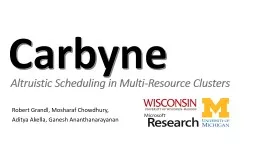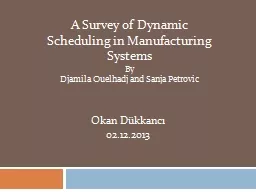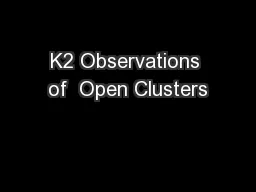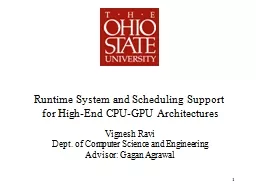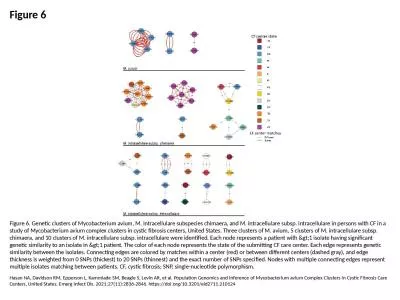PPT-Altruistic Scheduling in Multi-Resource Clusters
Author : faustina-dinatale | Published Date : 2018-09-23
Robert Grandl Mosharaf Chowdhury Aditya Akella Ganesh Ananthanarayanan Carbyne Performance of Cluster Schedulers We observe that Existing cluster schedulers focus
Presentation Embed Code
Download Presentation
Download Presentation The PPT/PDF document "Altruistic Scheduling in Multi-Resource ..." is the property of its rightful owner. Permission is granted to download and print the materials on this website for personal, non-commercial use only, and to display it on your personal computer provided you do not modify the materials and that you retain all copyright notices contained in the materials. By downloading content from our website, you accept the terms of this agreement.
Altruistic Scheduling in Multi-Resource Clusters: Transcript
Download Rules Of Document
"Altruistic Scheduling in Multi-Resource Clusters"The content belongs to its owner. You may download and print it for personal use, without modification, and keep all copyright notices. By downloading, you agree to these terms.
Related Documents

